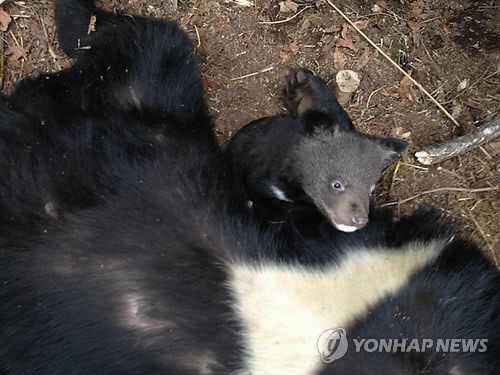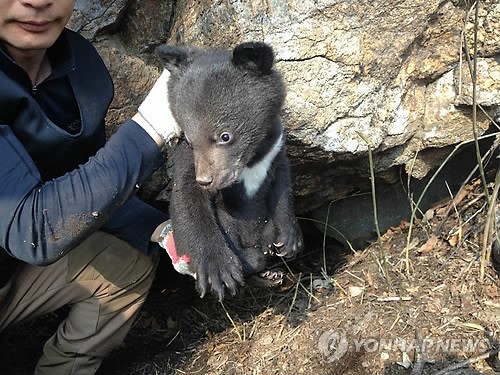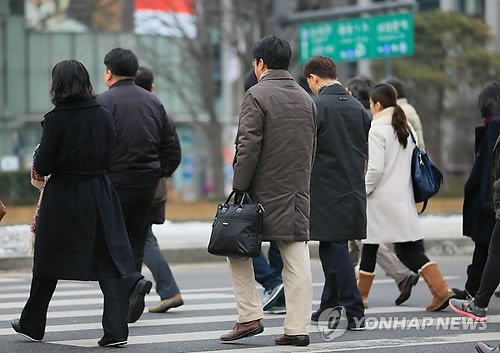This is some interesting research on Hallasan Mountain. I’m not sure if my translation is correct though because I’m not sure if all of the animals mentioned in this article were observed at the peak or not. I’m inclined to believe that they were.
On a personal note, I’ve heard roe deer crying on Hallasan and seen a few birds as well. I think I need to go back and climb it again!
Original Korean news article is here.
————————————————–
(Jeju=Yeonhap News) Hong Jeong-Pyo Reporter = It has been confirmed that squirrels, Hallasan shrews, and green frogs inhabit the peak area of Hallasan Mountain.
The Jeju Nature Research Institute revealed the results of research conducted from the beginning of March last year to November on the distribution patterns of animals at the peak.
The research team confirmed that mammals such as roe deer, badgers, Jeju back-striped field mice, Jeju weasels, squirrels, Hallasan shrews, goats, and wild dogs for a total of 8 kinds of mammals inhabited the trails and area around Baengnokdam Crater (백록담 분화구).
For squirrels and Hallasan shrews, this was the first time they were observed at the peak.
The squirrels and Hallasan shrews that were introduced to Hallasan in the second half of 1960 have steadily increased in number and are known to inhabit as high up the mountain as 1,400m where the deciduous broadleaf forest zone is. However, this is the first time they have been confirmed to inhabit the high elevation areas.
As for the Hallasan shrews, they generally inhabit 500-1,300m above sea level.
Goats and wild dogs were observed around Baengnokdam in 2003 and were again observed in this investigation. The goats and dogs are threatening the habitat of wildlife and vegetation.
As for birds, 13 kinds of resident birds, 6 kinds of summer birds, 3 kinds of winter birds, and 1 kind of migratory bird for a total of 23 kinds of birds were observed. As for rare and endangered species, the four kinds were hawks/falcons, golden eagles, cuckoos, and eagles.
As for the golden eagles, only one was observed in May during last year’s investigation. In the last investigation by the Korea National Parks Service in 2002, which was a year-round investigation, the opinion was that there is a high possibility for their breeding but reality is pointing in the other direction.
The birds inhabiting Baengnokdam Crater were, in order from least to most, swallows, varied tits, hondo jungle-crows, great tits, and ravens.
As for amphibians and reptiles, this was the first time green frogs were discovered. Also Dybowski’s brown frogs, Jeju salamanders, black-spotted pond frogs, and red-tongue pit-vipers for a total of five kinds were confirmed to inhabit the peak area.
The black-spotted pond frogs were recorded as being observed around Gwaneumsa Temple (600m) in 1985 and there has never been a confirmed sighting at high elevations.
Professor Oh Jang-Geun, who participated in this study with Jeju Hallasan Research said, “We can see that the squirrels which lived around Gwaneumsa Temple have gone to the peak” and said that more research is needed to find the reason why squirrels’ and Hallasan shrews’ habitat has broadened to include the inferior habitat of the peak area.





